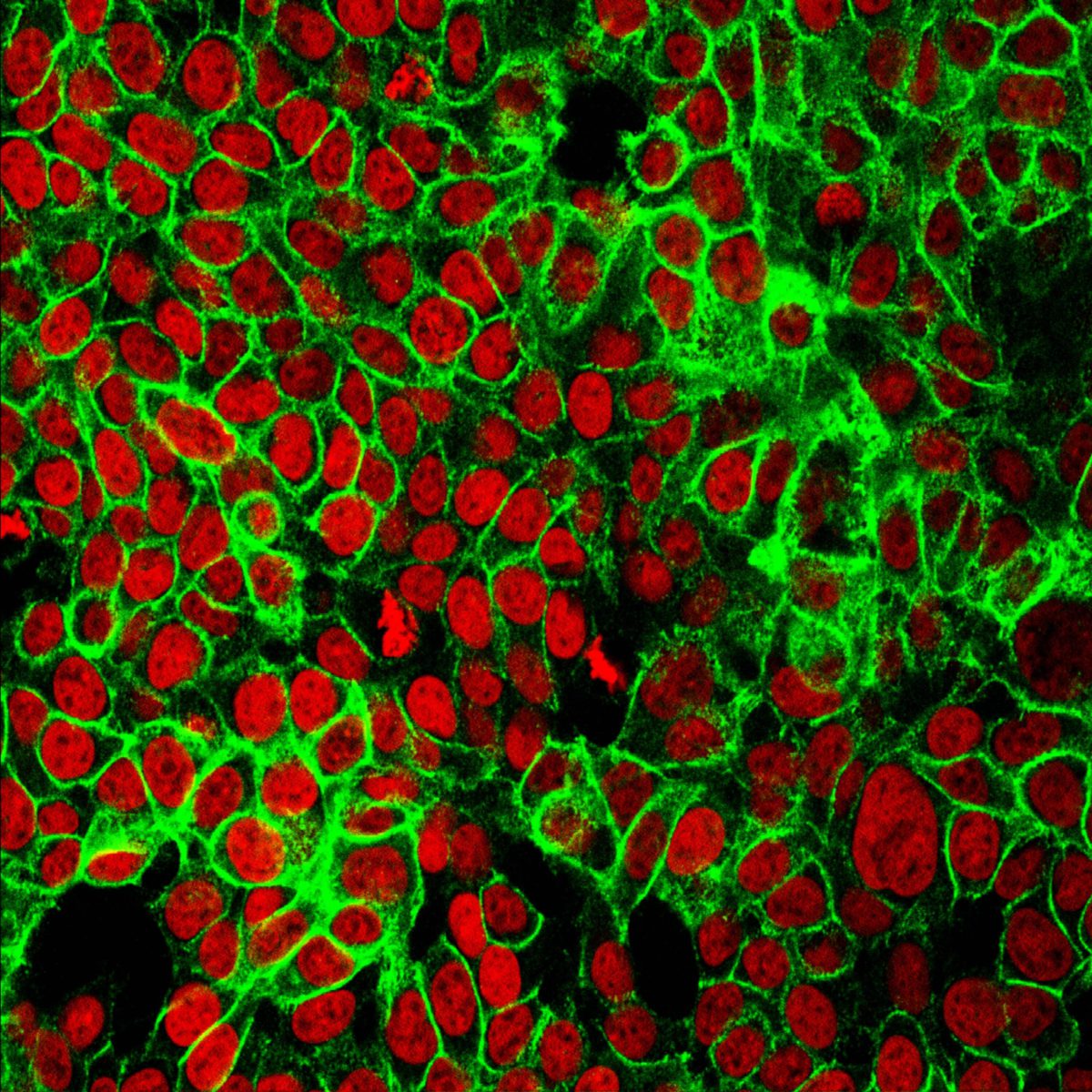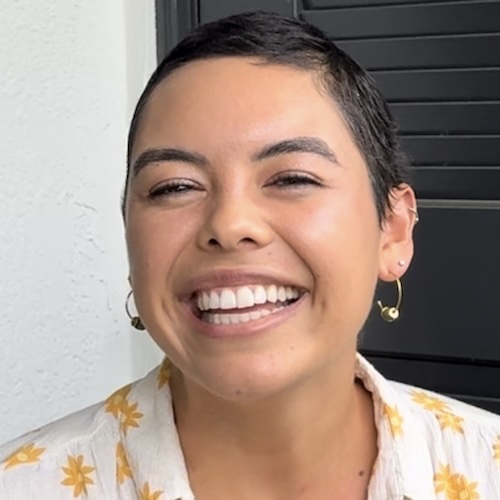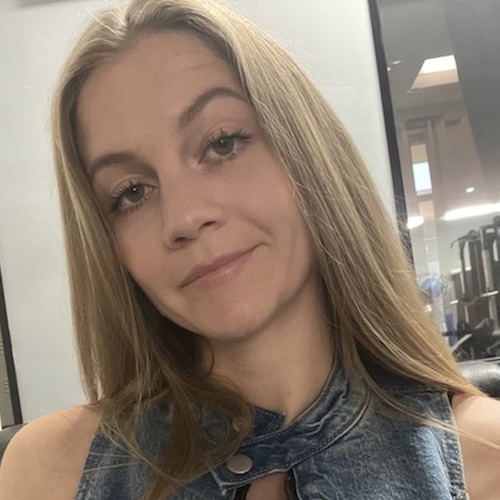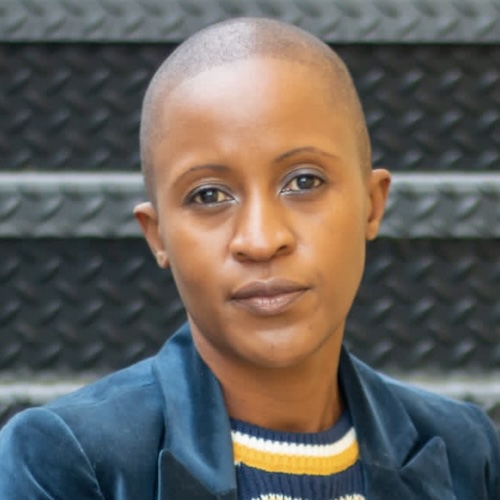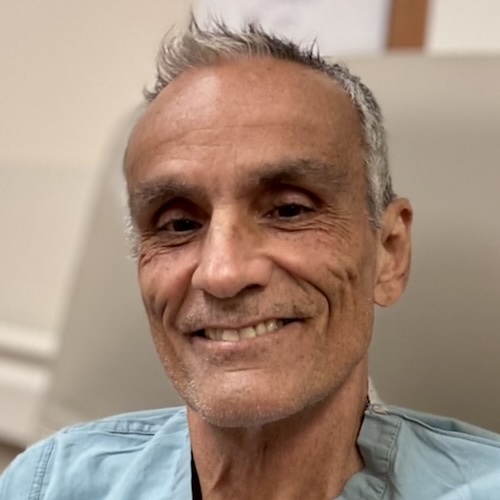Fluorouracil Side Effects & Patient Stories
Fluorouracil, also known as 5-FU or 5 fluorouracil, is an anti-metabolite chemotherapy drug used to treat colon cancer, stomach cancer, head and neck cancer, breast cancer, and some types of skin cancer.
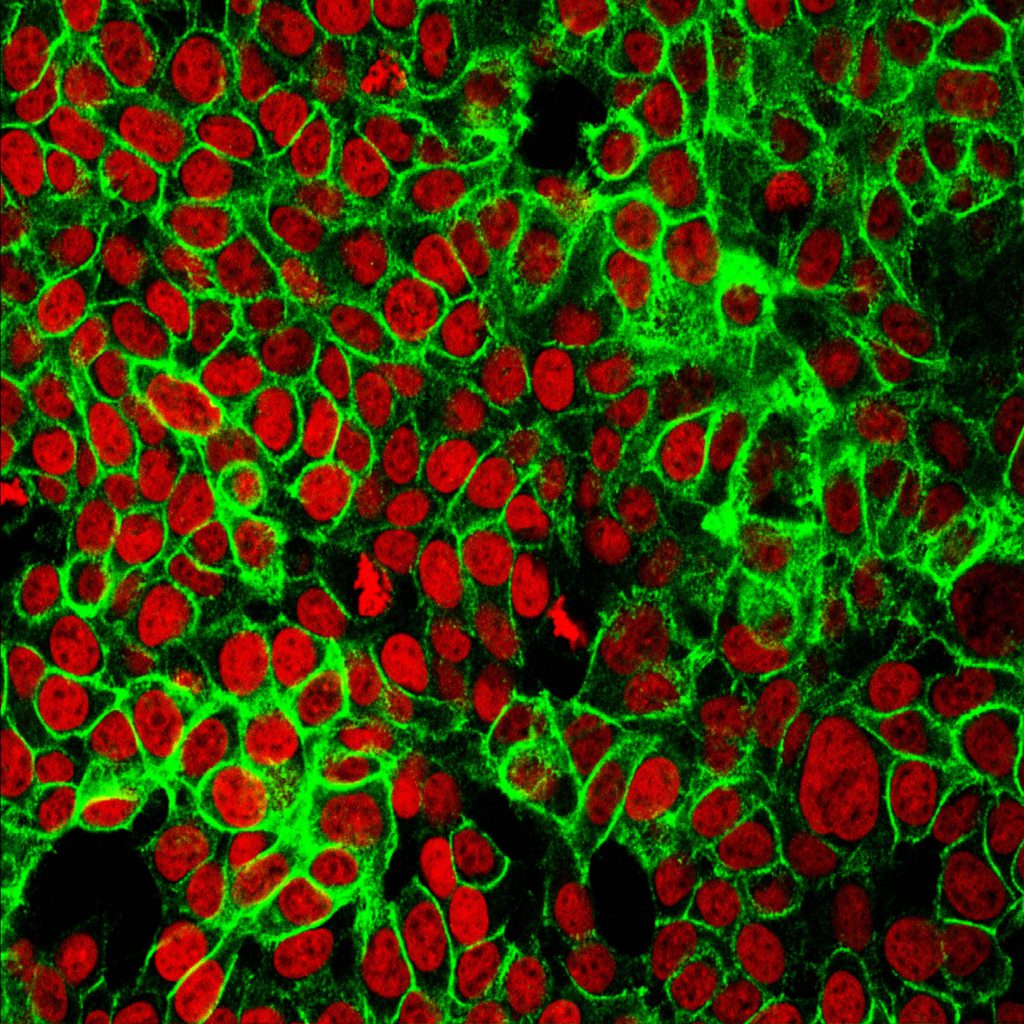
How Is Fluorouracil Administered
If you or a loved one has been prescribed fluorouracil, it can be administered either via the bloodstream or via a topical fluorouracil cream.
In patients who receive it via the bloodstream, 5-FU can be administered via a portacath (a port), PICC line, or central line.
What to Expect After Fluorouracil Treatment
If an oncologist or other healthcare provider has recommended 5-FU chemotherapy for you or a loved one, you may wonder about fluorouracil side effects. Some of the more commonly reported side effects may include, but are not limited to:
- burning
- crusting
- redness
- discoloration
- irritation
- pain
- itching
- rash
- soreness at site of application
Fluorouracil Patient Stories
Here’s what patients had to share about their fluorouracil treatment experiences:

One of the drugs I was going to be getting, something called 5FU, required an infusion over time so I had to get a mediport put in,which is outpatient surgery but is still a surgery. They make a cut and they put it into your jugular because it’s a central line.
There’s an infusion center and it had a whole a bunch of chairs, recliners all around the room with curtains around them. They have the infusion nurses who come in. For the 5FU, they give you bolus infusions at the center.
I had the rest of the chemo with something called FOLFOX, 5FU, Oxaliplatin, Leucovorin, and then they added the Avastin to it, which coincidentally, and I think very fortunately for me, had just been approved the month before I got diagnosed. I was diagnosed in March and it was approved in February.
There’s another thing I’ve learned as an advocate. Both Avastin and 5FU have potential cardiac issues that are late effects. They don’t happen till years afterwards.
Lee J. (Metastatic Colon Cancer, Stage 4, Recurrence)
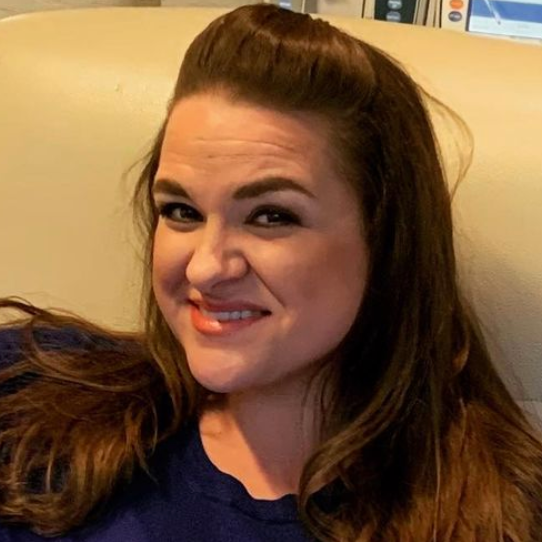
First it was Oxaliplatin. It was so tough without a port. It caused nerve damage in my arm, so then I got a port and did 5FU, which is Fluorouracil.
I had decided against a port because the way it was explained to me made it sound awful and scary, but I probably should have gotten one initially. I started in early April and ended in August.
The side effects were horrible. I don’t even like thinking about it. I couldn’t have anything cold. I couldn’t hardly eat anything. My hair started falling out. I didn’t go bald, but it was falling out. I was uncomfortable all the time, especially with 5FU because I had to wear it home.
I don’t even know how to describe it. I felt disgusting all the time. I was nauseous and fatigued. I put my son in daycare because I was just too tired. I blocked a lot of this out.
Basically, chemo sucked. I’m glad I had it in the summer because winter in New York would’ve been worse with the cold sensitivity.
Jackie S. (Rectal Cancer, Adenocarcinoma, Stage 3B to Stage 4, Lynch Syndrome)

I did not start chemotherapy immediately after my surgery. The chemotherapy regimen was also altered. I received ACF (fluorouracil or 5-FU) instead of the more common ACT (taxol).
Taxol is not safe for pregnant women. I received all three drugs during each infusion. The Adriamycin was delivered over 72 hours in a take home pump that was attached to me.
I had an oral drug and a patch that administered a nausea drug that I wore for a week when I had infusions. Also Tums. I was encouraged to eat anything that sounded good and I took prenatal vitamins for my pregnancy.
I tried to rest as much as possible. I allowed myself to not be super mom and accept that some days just getting through was enough. I said no to people if I felt tired. I asked for help from my husband and close family when I really needed it. On days I had class I tried to do very little before I had to go.
Melissa H. (Breast Cancer, Invasive Ductal Carcinoma, Stage 2B, Triple Negative [TNBC], Pregnant with Cancer)
All Fluorouracil Patient Stories
McKenna A., Synovial Sarcoma, Stage 3 Grade 3B
Symptoms: Insomnia, weak immune system resulting in persistent illnesses such as UTIs and strep throat, severe swelling in left leg
Treatments: Surgery (tumor excision), chemotherapy, radiation therapy (proton radiation), integrative therapies
Janice C., Triple-Negative Metastatic Breast Cancer, Stage 4
Symptoms: Appearance of lump in left breast near sternum, fatigue, bone and joint pain
Treatments: Surgery (lumpectomy), radiation therapy (brachytherapy), chemotherapy
Marissa T., ILC, Stage 4, BRCA2+
Symptoms: Appearance of lump in right breast, significant fatigue, hot flashes at night, leg restlessness leading to sudden, unexpected leg muscle cramps
Treatments: Chemotherapy, hormone therapy, PARP inhibitor, integrative medicine
Dalitso N., IDC, Stage 4, HER+
Symptoms: Appearance of large tumor in left breast, severe back and body pain
Treatments: Surgery (hysterectomy), vertebroplasty, radiation therapy, hormone therapy, clinical trial
Pio M., Colorectal Cancer and Rare Form of Extensive Peritoneal Carcinomatosis, Stage 4 (Metastatic)
Symptom: Minor pain in liver area
Treatments: Chemotherapy, monoclonal antibody medicine, EGFR inhibitor
